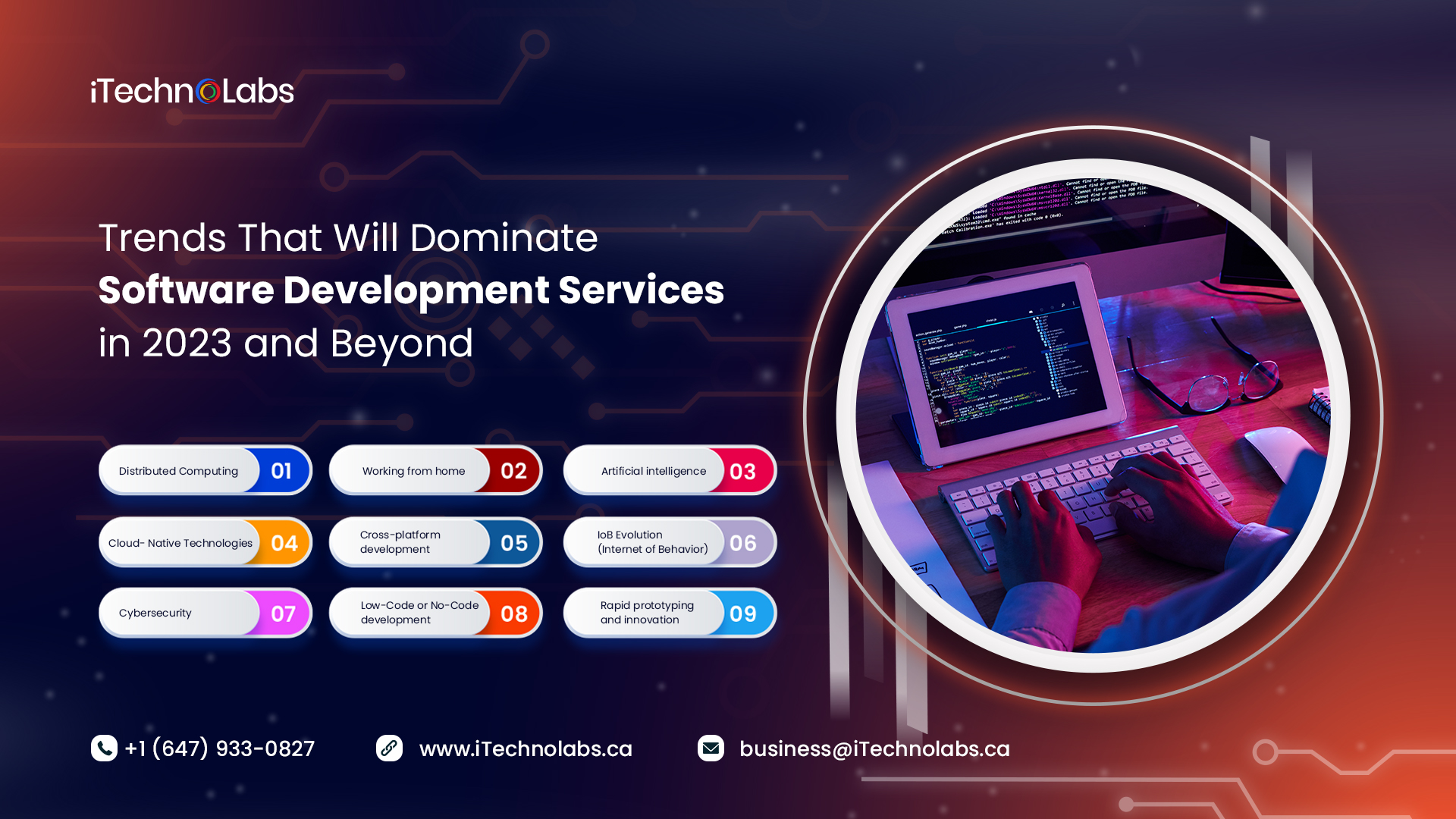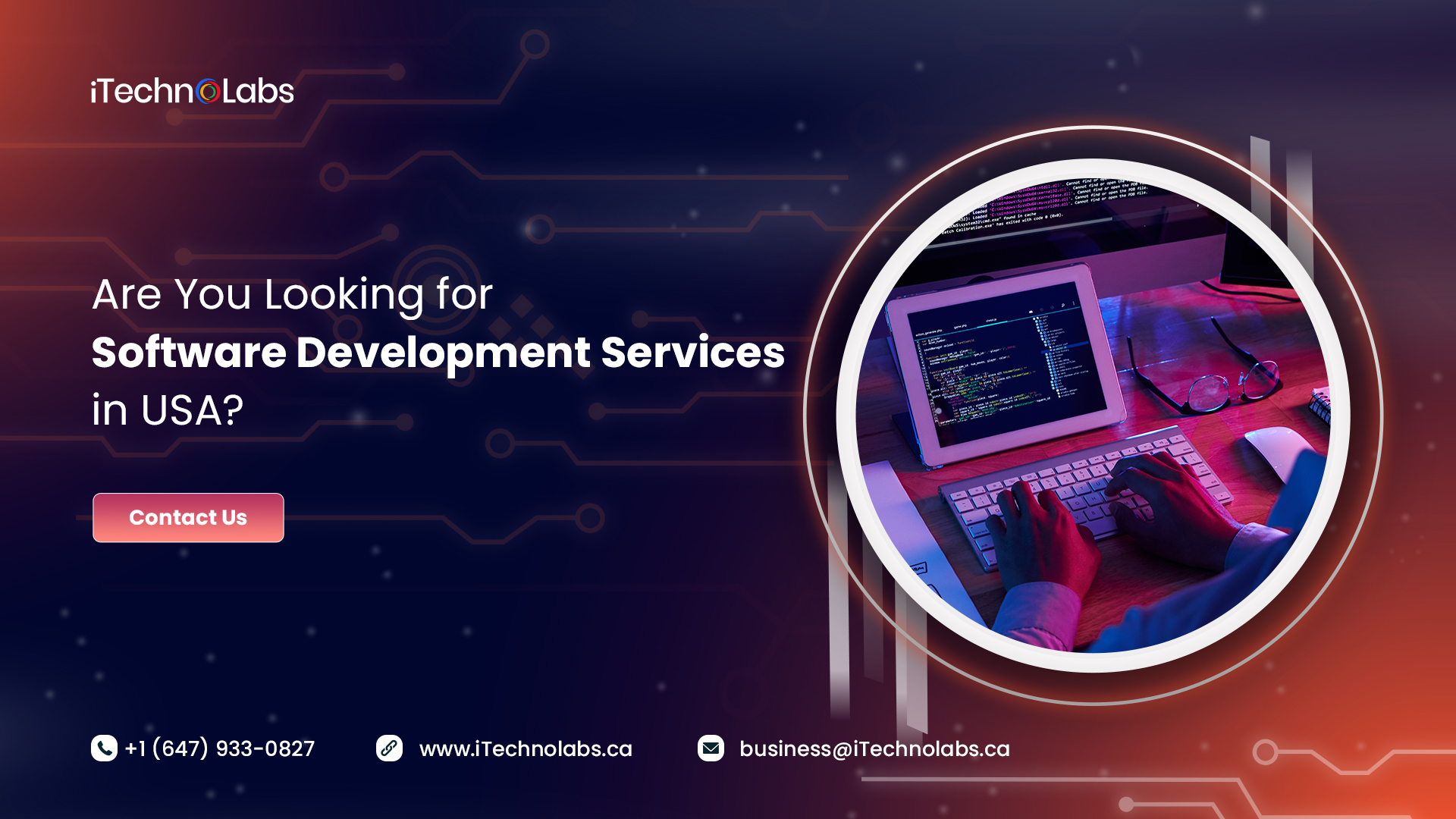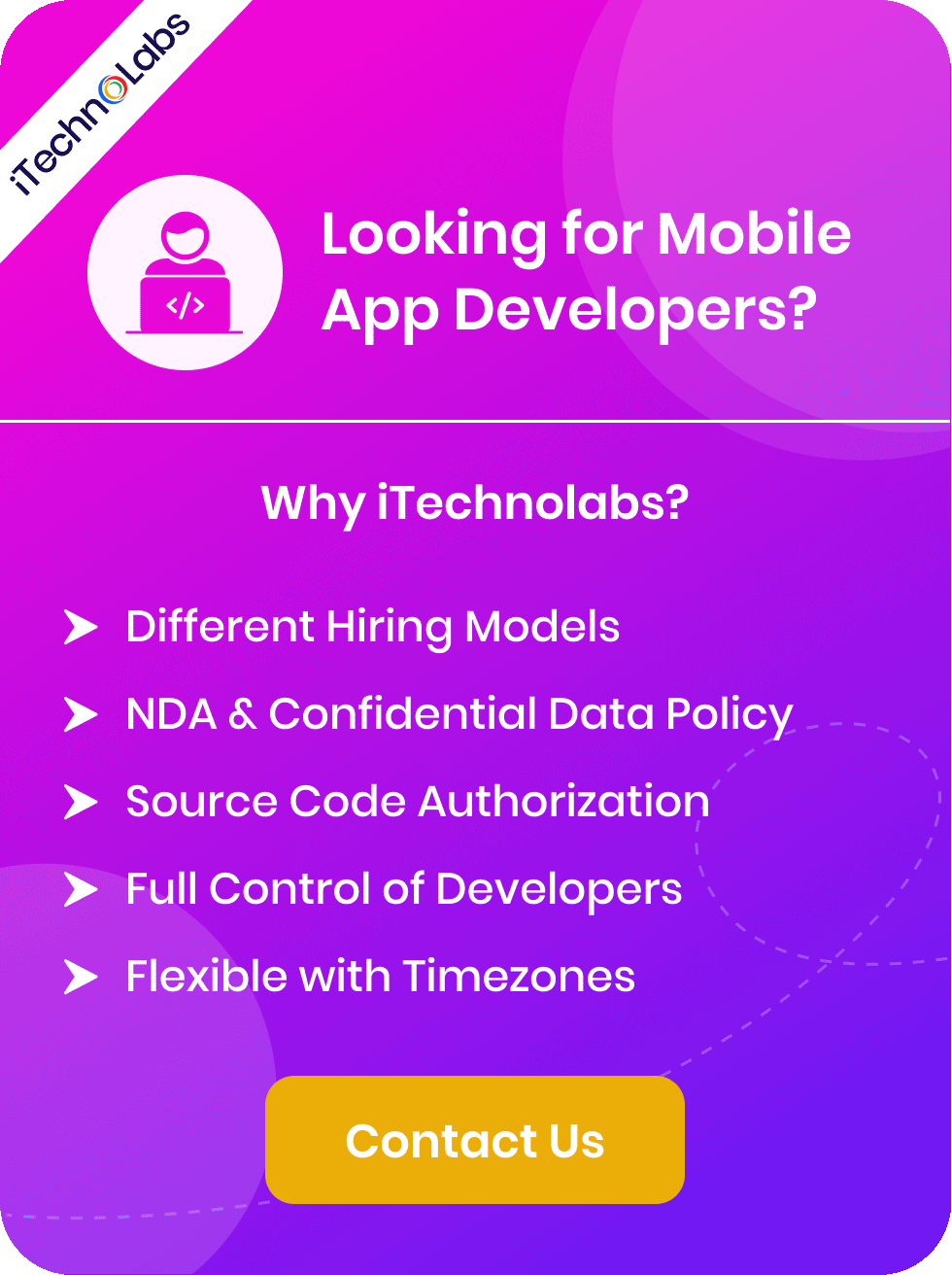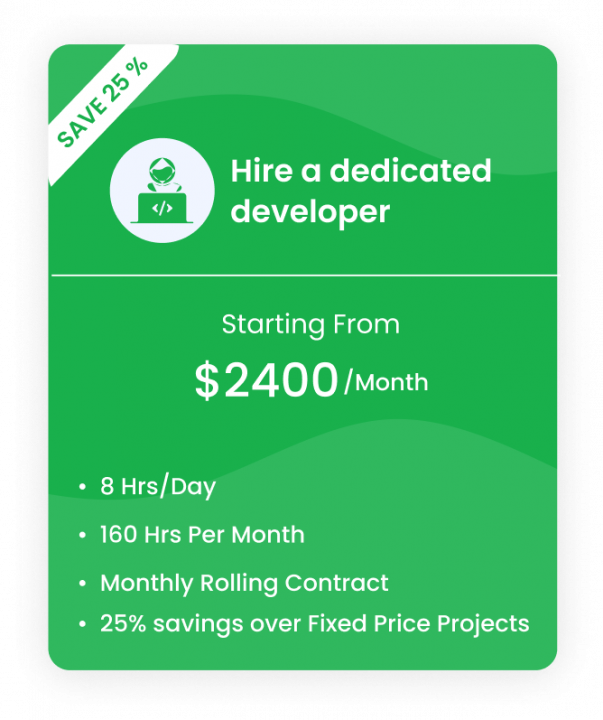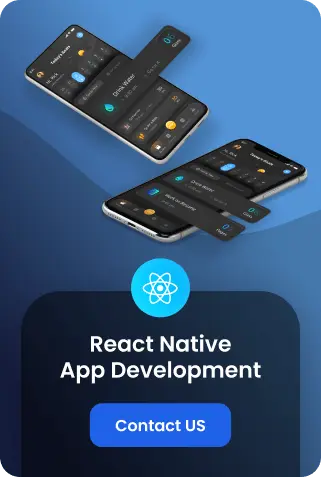We will say goodbye to 2022 in the next few months, and we have no idea what technological changes 2024 will bring. COVID-19’s back-to-back waves have hastened digital transformations and accelerated how enterprises lean toward disruptive technology to simplify corporate processes. The thing we learned is to stay prepared for the unexpected. Taking this into consideration, almost every segment is heading towards evolution.
And software development services are not far from witnessing the changes. The pandemic has expedited changes in software development patterns; thus, what is popular in 2022 may not be widely used in 2024 or later. Therefore, checking what the future holds for software development is a must. And for the same, we bring you the below post. Without ado, let’s get ahead!
Market Figures Depicting the Future of Software Development in 2024
- The employment of software engineers is expected to increase by 22% between 2019 and 2029.
- By 2024, the number of software developers is expected to hit 27.7 million.
- By 2027, it is predicted to reach $1039 billion. From 2020 to 2027, the CAGR is $25.54 percent.
- With an 8 percent CAGR through 2026, Asia Pacific is one of the fastest-growing areas for the software testing industry, showing the rise of software development.
- Employment of software developers will increase by 22% in the United States alone by 2029.
- The Internet of Things will comprise more than 75 billion devices by 2025.
Trends That Will Dominate Software Development Services in 2024 and Beyond
1. Distributed Computing
Distributed Computing is another new generation software development concept that will prevail in 2024. Distributed Computing is a means of connecting several computer servers as a group. This enables the most accessible data transfer while also managing power processing.
As we all know, data is the new oil. As a result, it creates several challenges for the application burden. Distributed Computing can smooth out scaling. However, if you need to store additional data, you merely need to add another server to the group.
The next stage in this story is distributed cloud computing. In the corporate world, cloud computing will help simplify your operations and eventually increase your bottom line. According to Gartner, most cloud service providers will provide dispersed cloud computing by 2024. In the distributed computing technique, a problem is split into numerous jobs, each solved by one or more computers communicating messages via message passing.
2. Working from home
In the future of software development, the ability to work from any place will be permanent. According to a Computer Weekly report, the Covid-19 epidemic has accelerated the spread of remote work among developers, with a 74% decline in office work since the pandemic occurred. According to studies, the rise of hybrid working- some jobs are done remotely and some in the office — is also on the horizon. Compared to before the global health crisis, firms are expected to adopt remote working methods by 46 percent.
3. Rise of Web 3.0
Today’s current technologies in software development, like prior Web versions – Web 1.0 and Web 2.0 – will accelerate the progression towards Web 3.0. It comprises three fundamental IT architecture layers, Interaction, Computation, Data, and structure necessary for exact, efficient, and safe fulfillment of computer operation.
Web 3.0 goes beyond the simple, static pages in prior online editions. They are more dynamic and responsive. They can also employ contemporary computer gear to improve loading times. Users will be able to establish a permissionless blockchain. As a result, anyone may address the blockchain network and interact with it.
Web 3.0 apps are now accessible on desktop browsers and high-end mobile devices such as smartphones with OLED displays. However, numerous Web 3.0 applications will be available in the following year that will be interoperable with all devices.
4. Artificial intelligence
The capabilities of artificial intelligence (AI) will also be utilized. The year 2022 will be significant in the usage of AI, particularly in the software development arena. Integrating AI into existing technologies will provide a valuable platform for improved decision-making, results, efficiency, automation, and digital experience.
Cloud computing and Kubernetes will be used in tandem with AI adoption. Kubernetes will enable software developers and corporate businesses to operate their applications on multi-cloud infrastructure. Cloud technology, in general, will allow developers to scale up systems and add chatbots and cognitive services.
5. Cloud- Native Technologies
Cloud-native technologies and architecture are approaches that enable you to design, build, and run cloud-developed workloads while taking full advantage of the cloud-computing paradigm.
Implementing cloud-native technology enables you to create and run scalable applications in current, dynamic work environments such as private, public, and hybrid clouds. Cloud-native is all about agility and speed. As a result, many companies transition from supporting business opportunities to strategic transformation weapons that increase company growth and velocity. It is vital to bring creative ideas to market as soon as possible. Organizations may use built-in scalability to fit any demand profile without having to develop or provide extra infrastructure.
6. Cross-platform development
This another thing will become more prevalent in 2022 and beyond. Because of the difficulties in developing “just for iOS,” “only for Android,” or “only for Windows,” software development firms are increasingly researching cross-platform development.
Cross-platform development will be able to support several platforms with a single code base thanks to novel technologies, minimizing the need for additional technical personnel. In other words, cross-development capabilities are precious economically, saving developers significant time and resources.
7. IoB Evolution (Internet of Behavior)
Personalization is the most critical factor in the success of any business. It’s a successful strategy. As a result, the more effective your service is, the more consumers will alter their approach.
This is when IoB enters the picture. The Internet of Behavior (IoB) cannot be discussed without referencing the Internet of Technologies (IoT). IoB incorporates critical data from BI, Big Data, and CDPs, such as user behaviors, interests, and preferences. As a result, utilizing both IoB and IoT, tracking, integrating, and assessing massive amounts of data generated by various online activities is now relatively straightforward. Gartner expects that by 2024, 40% of the world’s population will have their actions recorded. The data gathered is critical in providing clients with a personalized user experience.
8. Cybersecurity
The evolving needs of cybersecurity will substantially impact software development in the future. Businesses can no longer disregard cybersecurity concerns as we move towards a more intensely digitally networked society. According to recent data, criminal actions in the virtual world cost firms up to $6 trillion annually.
As a result, software developers and customer software firms are being compelled to divert from standard cyber security measures such as firewalls and anti-virus software to create new ways of protecting themselves. Software development specialists advise using a cybersecurity mesh during the development process.
9. Low-Code or No-Code development
In 2024, low-code and no-code will be trendsetters. Several software development firms adopt low-code and no-code development platforms to increase development speed and efficiency. These new techniques are used to create an application without writing any code. As a result, either a technical expert or a non-technical person can profit from it.
A no-code development platform allows for coding-free programming. It enables developers to create apps and software without any coding skills. In a word, the drag-and-drop tool is a no-code platform allowing you to develop a simple program rapidly. No-code apps are generally not scalable or readily integrated with other technologies. However, this may be the best alternative if you need to construct an app quickly or have a restricted budget.
10. Automation
Repetitive software development jobs will be mechanized. Thanks to AI, cloud computing, robots, and other technologies, automation will be an inevitable trend in software development. For example, a considerable number of software development firms are implementing (and many more are exploring) robotic process automation (RPA) approaches to improve productivity.
RPA innovation strives to solve redundant and repetitive chores better suited to robots than human labor. The most significant benefit of using RPA in software development is that it allows individual developers to devote more time to the creative aspects of software development.
11. Rapid prototyping and innovation
Fast invention and prototyping will be another significant trend in 2022. Software development is an uncertain, dynamic, and highly competitive industry. Individuals and businesses in this market must continually innovate or risk being wiped out.
As a result, as the year 2022 ends, software development organizations will be pushed to create a culture of innovation by rewarding imaginative individuals and offering avenues for software development. Many companies are expected to follow this trend; those that do not limit their innovation risk losing their competitive edge.
Also Read: The Future Of Application Development
Are You Looking for Software Development Services in the USA?
Emerging trends imply that the future of software development will shift dramatically. The proliferation of new technologies and products has far-reaching repercussions for the software development industry. Software development companies cannot afford to ignore evolving trends. Companies that devote time, money, and other resources to adapt to changing market expectations will gain and retain a durable competitive edge.

